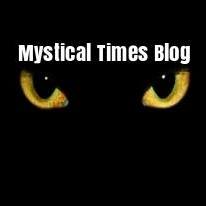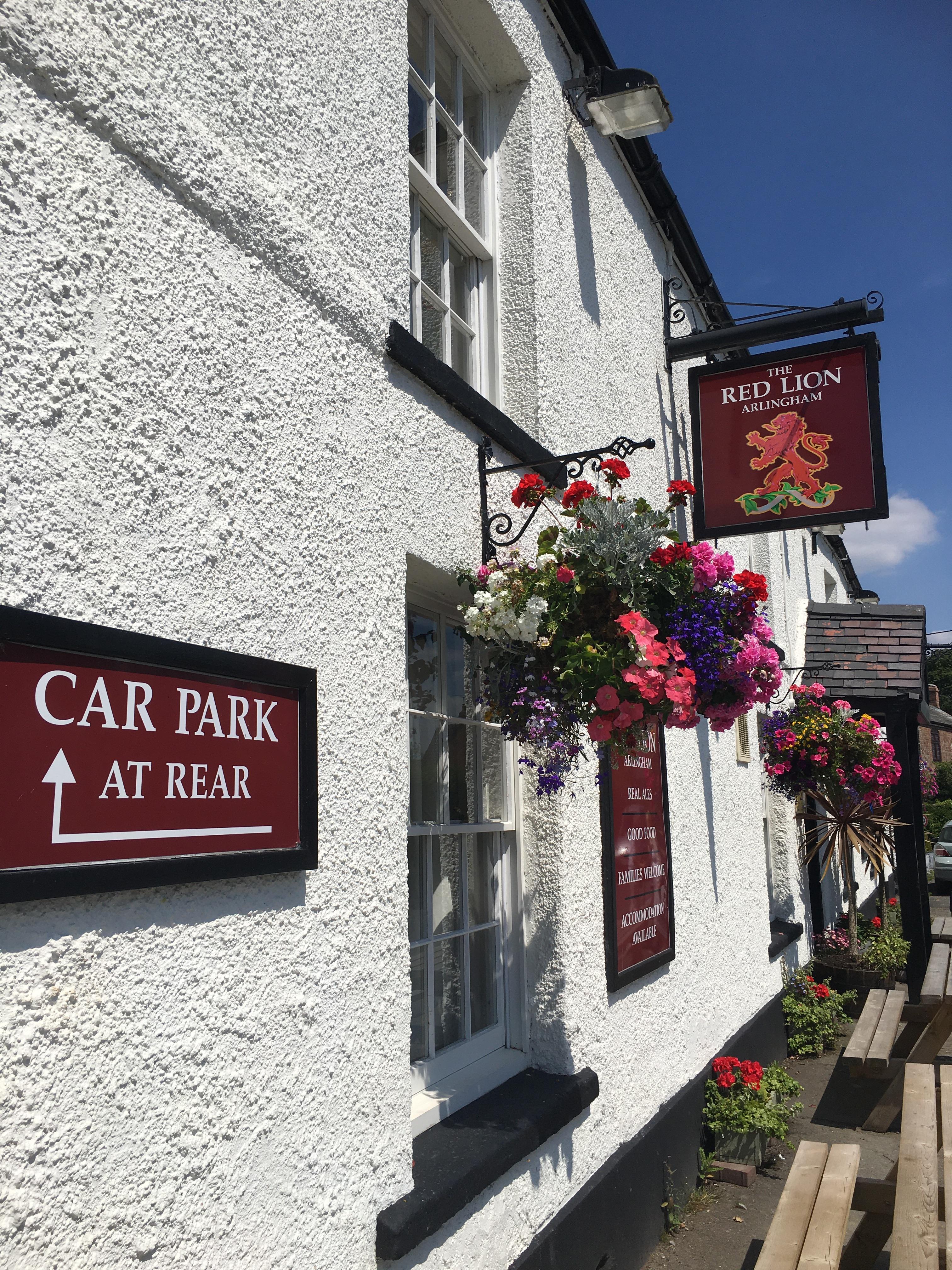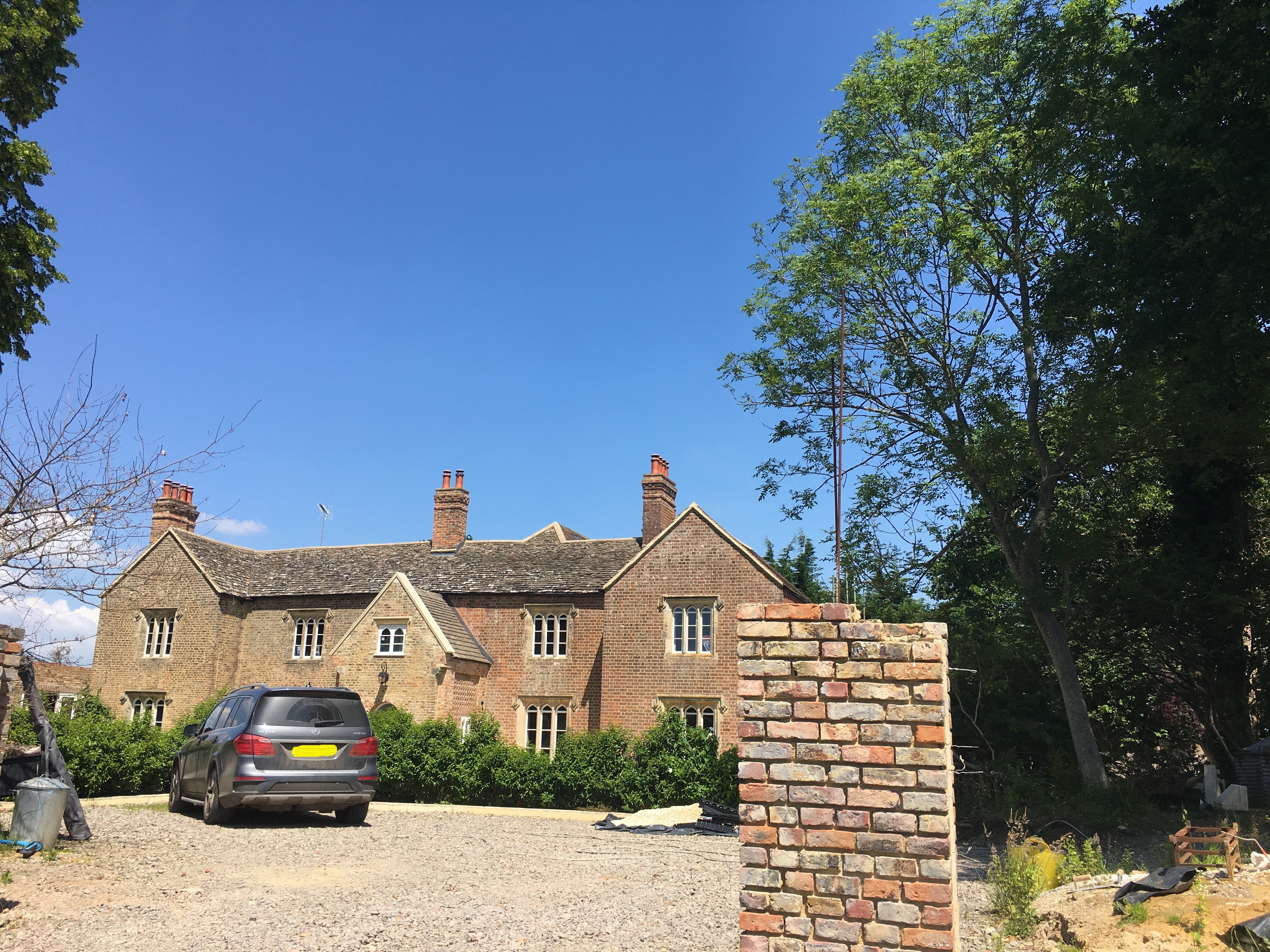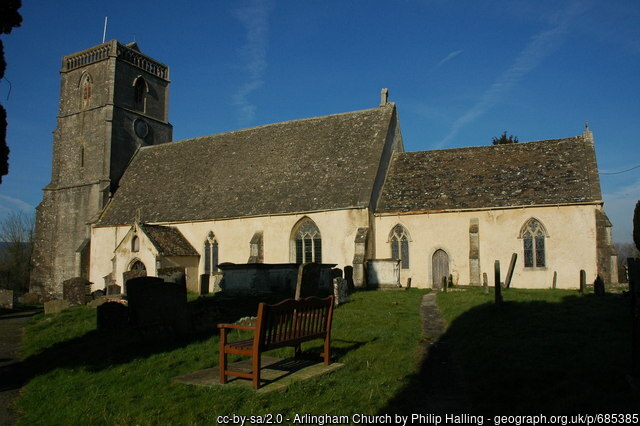In Silver Street, there stands a house
that has as much history to it as it does hauntings. Slowwe House, or as it was
originally called ‘Slo’ or ‘Sloo’ House. It is a Grade II Listed building but
originally said to have been a hunting lodge when the grounds were used for
farming purposes for Berkeley Castle. There is mention of the then house being
occupied in the Domesday Book. It has been added to over these years. so parts
of the house were modelled onto and into the house as the centuries passed. It
has a Victorian wing, a Jacobean staircase and Gothic windows and is now 3
storeys high. The actual site of the house had been dated to have been used
during the Roman times as there is a Roman coffin in what is now the garden,
and the courtyard is said to be Roman. At the bottom of the garden, there is a
monastery wall and there is even a tiny chapel attached to one side of the
house. In 1566, Thomas Hodges purchased the house, and it remained in his
family for 290 years. Personal items of the Hodges family were later discovered
at the property; a sleeveless silk gown (1700-1710), a hatbox from the 18th
century and an original bill of sale from 1778 from a Covent Garden shop called
Riding Habit & Robe Maker. All of these items were donated to the Victoria
and Albert Museum.
When
it was owned by the then vicar of Arlingham, the Reverend John Sayer in the
19th century, he would entertain the School Master and Mistress of Arlingham
Day school, and Sunday School. Even the pioneer of the smallpox vaccine, Edward
Jenner, would visit the house. For an in-depth history of Slowwe House and
Arlingham, get a copy of Antiquities of Arlingham Parish, which goes into much
more detail.
Slowwe
House has had many residents throughout its existence, as you can imagine and
the first reported ghostly goings on takes us back to the 1960’s, when the
house was occupied by a hippy commune. The house, by this stage, was quite a
tumbledown and unkempt building. Apparently, the haunting got so bad that a
priest was called in to perform an exorcism. The house had gone to auction in
1968 but failed to reach its reserve so was withdrawn. It was also used for the
local flower arranger group in the village to exhibit their flower arrangements
in 1962.
In
the 1970’s, a progressive rock band, called Paladin, lived and rehearsed in
Slowwe House. It’s also where they would invite people from the music industry to
listen to their music as they didn’t record any demos. There isn’t anything on
record to say the band or their guests experienced any paranormal activity.
The Grey
Lady
Also, in the 1970’s, the Lacey family, mum, dad and
7 children, purchased the back wing of the property. There was also a hippy
commune living in the front part, but it was the Lacey’s that experienced what
they called ‘The Grey Lady’. The Lacey’s moved into the barn so that they could
gut the building as it was in a dire state. When they started the renovations,
it was then that the ghostly activity began. They would have to return to the
house, as lights would be switched on even though they had made sure no lights
were left on. One evening they had to return 3 times to switch the lights off.
Windows would open and shut by themselves when no one was in the house. As the
building work ended, they started to decorate the walls with their favourite pictures,
but these pictures kept falling off. In particular, one picture (sadly it
doesn’t state what the picture was of) kept being taken off the wall so much so
that Mrs Lacey never bothered putting that picture back up on the wall.
Mrs Lacey says that the family didn’t take too much
notice of these happenings until she was looking out onto the courtyard when
she saw the ghostly figure of the grey lady, walking across the courtyard. She
had on a long grey dress and wore a grey bonnet. Mrs Lacey did a double take
and still saw her! Mrs Lacey turned away for a couple of seconds then turned
back to look out the window and the figure had disappeared.
The grey lady was also seen in the house. Mrs Lacey
was in the kitchen and as she turned round to get something from the worktop,
the grey lady was right behind her, only to disappear in front of her eyes. She
was also spotted on the landing, walking along and then disappearing. It seemed
that the grey lady liked the guest bedroom as she was often seen there by the
family and their guests. The 2 young daughters of the Lacey family would
sometimes like to sleep in that room and would sometimes see the grey lady,
just standing there in the room when they awoke. There had been much paranormal
activity in the front part of the house, so much so that the hippy commune
called in a priest to exorcise it in the 1960’s.
Court House
Another property in the village, called Court
House, had a dark and spooky foretelling of a future event. It was on the 24th
of May 1757, when the residents, the Yate family, saw a ghostly funeral
procession make its way up the avenue to Court House. It was exactly a year
from that date that the last male heir of the Yate family died. The house was
passed onto a distant descendant by marriage so was no longer in the Yate
family as it had been for many centuries.
Arlingham
Church
It was at the Arlingham church in June, 1902 where
there was a sighting of a ghost. Alice Godfrey, who wrote about her own ghostly
encounters during the turn of the century, went to the church where she wanted
to view some carvings. As Alice entered the church, she came upon a lady, who
was sitting on the front pew on the left hand side of the church. As Alice
approached her, she saw the lady was of an older age and wore a black gown and
with a white lace cap with her hair up in a bun. She then asked the lady where
she would find the carvings. The lady looked at Alice, smiled and then just
vanished. Alice scuttled out the church but took a look back and saw the figure
of the lady, sitting right where she had been. Alice went to where a gardener
was working in the graveyard and told him of what she had seen. He told her she
had seen ‘Old Mrs Budge’, who had been the vicar’s housekeeper but had been
dead for many years.









